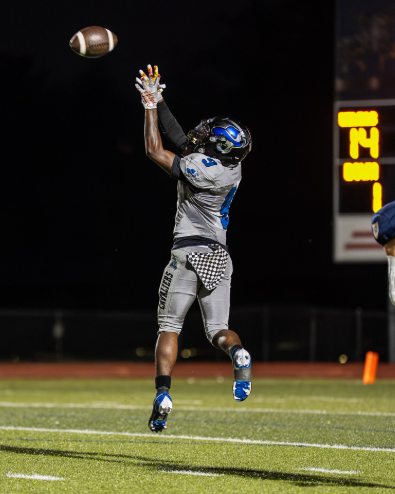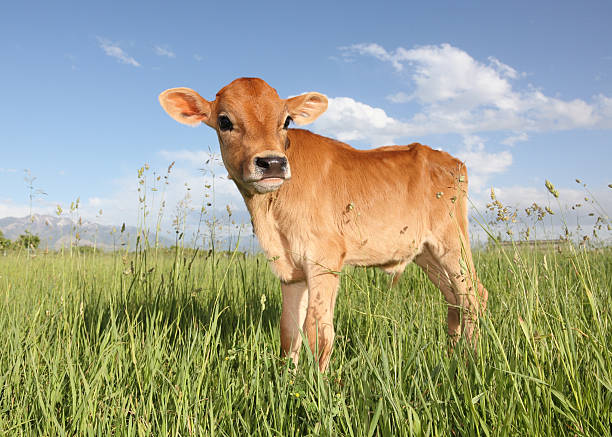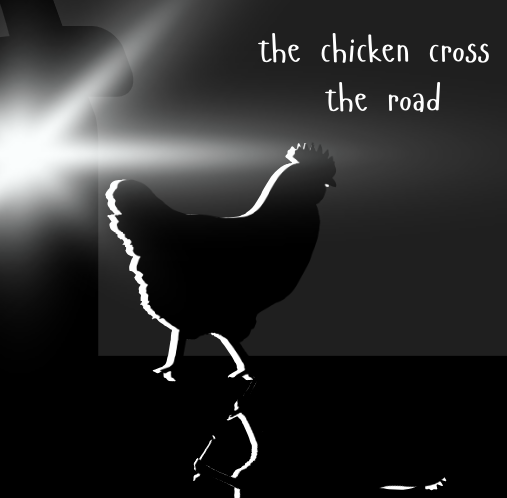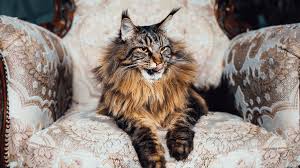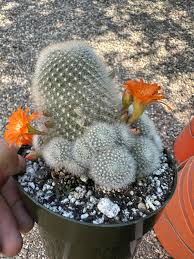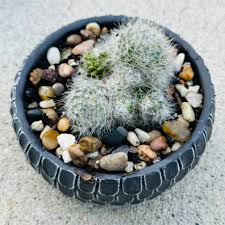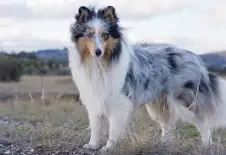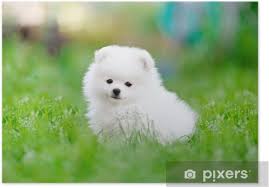History:
The Maine Coon is a large domesticated cat breed. One of the oldest natural breeds in North America, The Maine Coon is a large and social cat, commonly referred to as “the gentle giant.” The Maine Coon is predominantly known for its size and dense coat of fur which helps it survive in the harsh climate of Maine. The Maine Coon is often cited as having “dog-like” characteristics. It has a distinctive physical appearance and valuable hunting skills. The breed was popular in cat shows in the late 19th century, but its existence became threatened when long-haired breeds from overseas were introduced in the early 20th century. The Maine Coon has since made a comeback, in 2023 the Maine Coon overtook the Exotic, becoming the second most popular pedigree cat breed in the world
Myths:
Maine Coon cats originated in Maine. However, their lineage is surrounded by mystery, folk tales, and myths. One myth claims the Maine Coon cat is a hybrid with another animal species, such as the raccoon or bobcat. The second myth states the cats are descendants of Viking ship’s cats, known today as the Norwegian Forest cats. A third story involves Marie Antoinette, the Queen of France who was executed in 1793. The story goes that before her death, Antoinette attempted to escape France with the help of Captain Samuel Clough. She loaded Clough’s ship with her most prized possessions, including six of her favorite Turkish Angora or possibly Siberian cats. Although she did not make it to the United States, all of her pets managed to reach the shore of Wiscasset, Maine, safely, where they bred with other short-haired breeds and developed into the modern breed of the Maine Coon.
Description:
The Maine Coon is a long- or medium-haired cat. The coat is soft and silky, although texture may vary with coat color. The length is shorter on the head and shoulders and longer on the stomach and flanks, with some cats having a leonine ruff around their neck. Minimal grooming is required for the breed compared to other long-haired breeds, as their double coat is mostly self-maintaining owing to a light-density undercoat. The coat is subject to seasonal variation, with the fur being thicker in the winter and thinner during the summer.Maine Coons have several physical adaptations for survival in harsh winter climates. Their dense water-resistant fur is longer and shaggier on their underside and rear for extra protection when they are walking or sitting on top of wet surfaces of snow or ice.
Maine Coons can have any colors that other cats have. Colors indicating crossbreeding, such as chocolate, lavender, the Siamese pointed patterns or the “ticked” patterns, are not accepted by some breed standards. This is not universal; the ticked pattern, for example, is accepted by TICA and CFA. The most common pattern seen in the breed is the brown tabby. All eye colors are accepted under breed standards, with the exception of blue or odd-eyes, i.e. heterochromia iridium (two eyes of different colors), in cats possessing coat colors other than white.
The Maine Coon was considered the largest breed of domestic cat until the introduction of the Savannah cat in the mid-1980s, yet it is still the largest non-hybrid breed.[citation needed] On average, males weigh from 18 to 22 lb (8.2 to 10.0 kg), with females weighing from 12 to 15 lb (5.4 to 6.8 kg). The height of adults can vary between 10 and 16 in (25 and 41 cm) and they can reach a length of up to 38 in (97 cm), including the tail, which can reach a length of 14 in (36 cm) and is long, tapering, and heavily furred, almost resembling a raccoon’s tail. The body is solid and muscular, which is necessary for supporting their weight, and the chest is broad. Maine Coons possess a rectangular body shape and are slow to physically mature; their full size is normally not reached until they are three to five years old, while other cats take about one year.
life expectancy:
Pet insurance data obtained from a study during 2003–2006 in Sweden puts the median lifespan of the Maine Coon at > 12.5 years. 74% lived to 10 years or more and 54% lived to 12.5 years or more. A UK study found a life expectancy of 9.71 years compared to 11.74 years overall.






